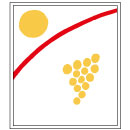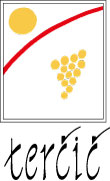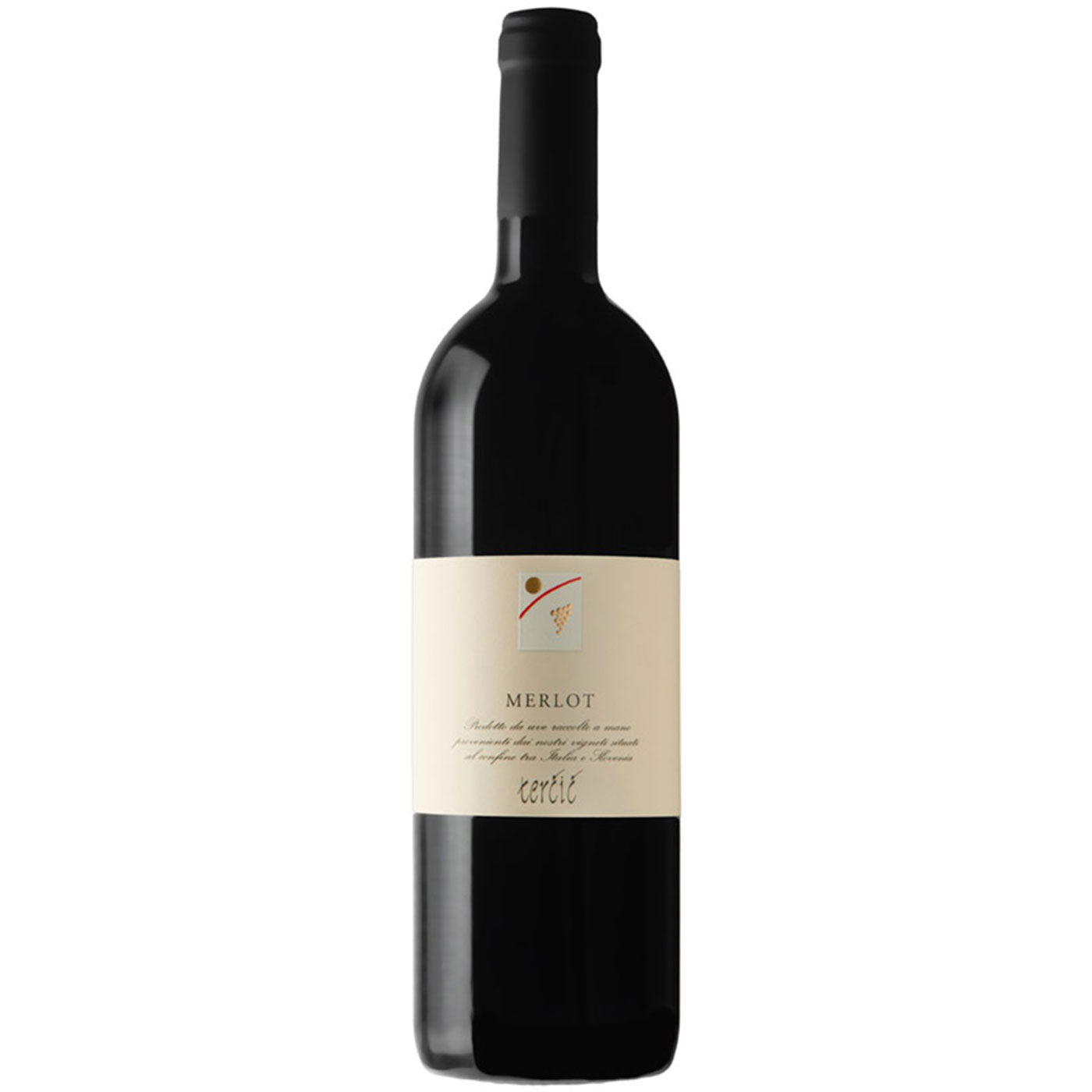MERLOT
2020 | Collio DOC
Category: red, dry
Grapes: Merlot
Location: San Floriano del Collio
Viticultural area: Collio Goriziano
VINEYARD
Soil profile: stratified Eocene marl and sandstone
Training method: double-arched
Average vine density: 3.000 vines /ha
Planting age: 49 years
Harvest period: first half of October
VINIFICATION
De-stemming-crushing
Skin contact: 30 days, plunging and delestage applyed
Fermentation: 20°-25° C
Yeast: selected
Malolactic fermentation: complete
Maturation: 18 months on the lees
Clarification: gravity settling
Bottling: 29th June 2022
Bottle-agening: 18 months
TECHNICAL DATA
Alcohol: 13,02%
Total acidity: 5,49 g/l
Estimated peak of evolution: 6 years
Estimated cellar life: 15 years
The first months of 2020 brought above-average temperatures and minimal rainfall, with the brief exception of a wet period in March. Lymph rise began irregularly, due to the drought of the winter months, towards the middle of the month. The early hours of 1st and 2nd April saw temperatures dip below 0°C across much of the valley areas, but fortunately, as many varieties had yet to sprout, no notable damage was observed and budding began with the subsequent rise in temperatures. Well-distributed rain in the months of May and June did not disturb flowering, which occurred around May 18th and lasted to the end of the month. Temperatures went up in June and veraison took place in July, earlier than the previous year. August presented average temperatures and rainfall. Our 2020 harvest started with pinot grigio on 2nd September and wrapped up on the 30th with Merlot.
The last months of the year witnessed heavy rainfall and a substantial accumulation of water resources. This vintage is remembered for the superior quality of the grapes, which had excellent sugar-acid balance and captivating aromatic expression. The wines exhibit freshness and elegance in their initial stages, and promise exceptional ageing potential.
Vintages
2019
The months of January and February witnessed sparse rainfall and above-average temperatures, while the arrival of spring brought in cold and rain. Lymph rise began in mid-March and due to drought was slightly delayed and irregular. Bud break, on the other hand, commenced in early April, ahead of the norm. May brought chilly weather with abundant rain, while June saw temperatures soaring past 30 degrees, leading to exceptionally swift flowering. Veraison began towards the end of July, which together with August, was marked by scorching hot days and low rainfall. Picking began in the first week of September, in fine weather which persisted well into late autumn.
Production was lower than in 2018, but quality was high, with small grape clusters making the extraction of aromatic substances particularly interesting.Wines from the 2019 vintage have remarkable elegance, with a rich complexity of aromas and an interplay of acidity and salinity which adds depth and character on the palate.
2017
The year 2017 unfolded with a sequence of extreme weather phenomena. From the end of winter, and notably in February and March, above average temperatures were recorded, leading to bud break approximately ten days earlier than usual. These higher temperatures persisted into early April and coincided with an absence of rain which ensured excellent bud burst and uniformity in bud development.
Later in the month, during the night between the 20th and 21st, temperatures dropped abruptly, prompting a late frost that caused considerable damage to the already advanced buds. As a result, some vineyards in the valley and in the Isonzo DOC experienced significant losses, and an imbalance emerged between the hillsides and the vines on the plain. While the higher vineyards maintained a slight lead into the harvest, those affected by the frost had delay ripening, aligning the harvest date with the seasonal average. The summer was marked by warm daytime temperatures and temperate nights, which created almost ideal conditions for optimal grape ripening and healthy fruit. Varieties such as pinot grigio and chardonnay displayed excellent ripeness, while others, particularly sauvignon and friulano, stood out for above average aromatic intensity. The wines have higher than usual pH, moderate sugar content, well-balanced acid structure and a composition rich in aromatic compounds.




